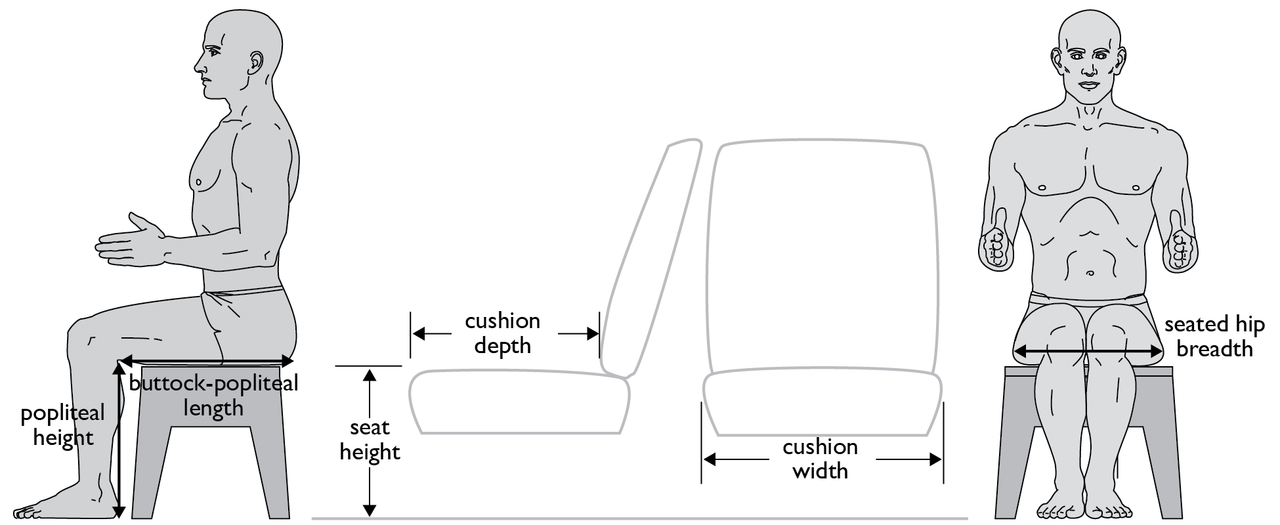When considering the needs of global populations, variations in overall body size and shape create an interesting situation for designers: should products designed for global markets achieve accommodation through a single variant, or should multiple variants—each targeted at a different market—be considered? The present work demonstrates the range of variability that can be exhibited by three distinct populations (male civilians in India, Japan, and the United States) and the effect of different globalization strategies on design requirements. The work focuses on “fit” or spatial accommodation in seating, excluding comfort and other important aspects of seat design. Qualitative assessments of the strategies and how appropriate they might be for other Design for Human Variability (DfHV) problems are provided.

